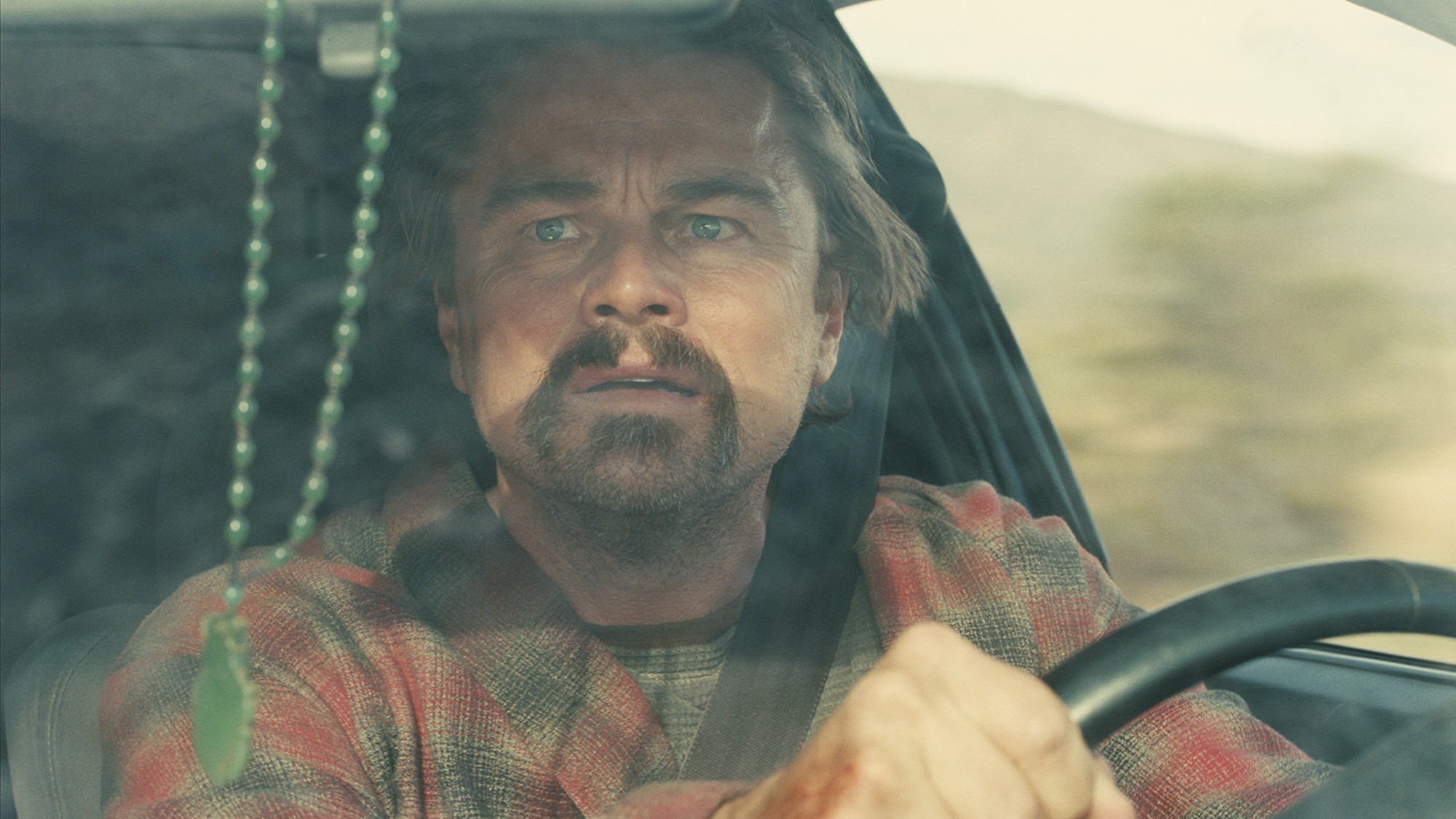Exhibit of the week: Diego Rivera: Murals for the Museum of Modern Art
The show includes photographs of the mural Rivera created for Rockefeller Center, the one Rivera destroyed when he was asked to remove a flattering portrait of Lenin.
Museum of Modern Art, New York
Through May 14
There apparently was once a time in this country when the world of art wasn’t ruled entirely by “the brute force of money,” said Jed Perl in The New Republic. Consider the current Diego Rivera show at MoMA, an institution that was built with Rockefeller riches and in 1931 granted its second-ever solo exhibition to the Mexican muralist and avowed communist. Unable to transport his celebrated wall murals to America, Rivera instead knocked out eight “portable” frescoes depicting scenes of Mexican revolution and contemporary, Depression-era New York—then rode the resulting acclaim to a second gig creating a permanent mural at the nascent Rockefeller Center. But that’s where the alliance ran aground. Rivera wasn’t about to let a paycheck dictate what he painted, and when he refused the Rockefellers’ request that he remove a flattering portrait of Lenin, the mural was destroyed. Yet there’s one bright spot in this “ugly” story: Rivera lived in an era when an artist’s cultural prominence didn’t depend on big money’s backing.
The Week
Escape your echo chamber. Get the facts behind the news, plus analysis from multiple perspectives.

Sign up for The Week's Free Newsletters
From our morning news briefing to a weekly Good News Newsletter, get the best of The Week delivered directly to your inbox.
From our morning news briefing to a weekly Good News Newsletter, get the best of The Week delivered directly to your inbox.
It’s still a shame that the Rockefellers flinched, said Karen Rosenberg in The New York Times. MoMA’s current exhibit includes photographs of the mural, which make clear that the project represented New York’s “best shot at a Rivera permanent masterpiece.” Instead we’re left with the portable murals—“anemic” 8-foot-tall works that have been drained of the “immediacy and authenticity” that excited audiences in 1931. Some, like The Uprising—a tableau of protesters being roughed up by soldiers—do seem as if “ripped from today’s headlines.” But the compositions generally lack energy. Rivera may have been “one of the great artists of his time,” but you couldn’t tell that from these rushed works.
Sure, they’re “uneven in quality,” but the MoMA frescoes include moments of mastery, said Peter Schjeldahl in The New Yorker. Rivera’s “mythmaking prowess” is on full display in Agrarian Leader Zapata, which shows the Mexican revolutionary hero, dressed in white, gripping in one hand “a blood-flecked machete” and in the other the reins of a white horse that belonged to an enemy who lies dead at Zapata’s feet. Frozen Assets, meanwhile, is a cross-section image of New York that buries a bank vault under a homeless shelter to create a potent meditation on the city’s history. Rivera’s obvious refusal to be co-opted by wealthy interests issues a silent challenge to today’s creative class. “For how long,” one wonders, “will artists continue to accommodate themselves to being rated only by price?”
A free daily email with the biggest news stories of the day – and the best features from TheWeek.com
-
 Critics’ choice: The year’s top 10 movies
Critics’ choice: The year’s top 10 moviesFeature ‘One Battle After Another’ and ‘It Was Just an Accident’ stand out
-
 The small Caribbean island courting crypto billions
The small Caribbean island courting crypto billionsUnder the Radar Crypto mogul Olivier Janssens plans to create a libertarian utopia on Nevis
-
 Political cartoons for December 21
Political cartoons for December 21Cartoons Sunday’s political cartoons include Christmas movies, AI sermons, and more